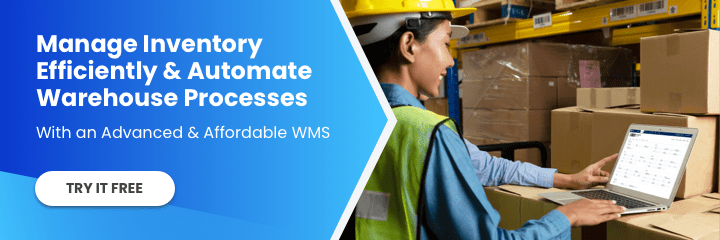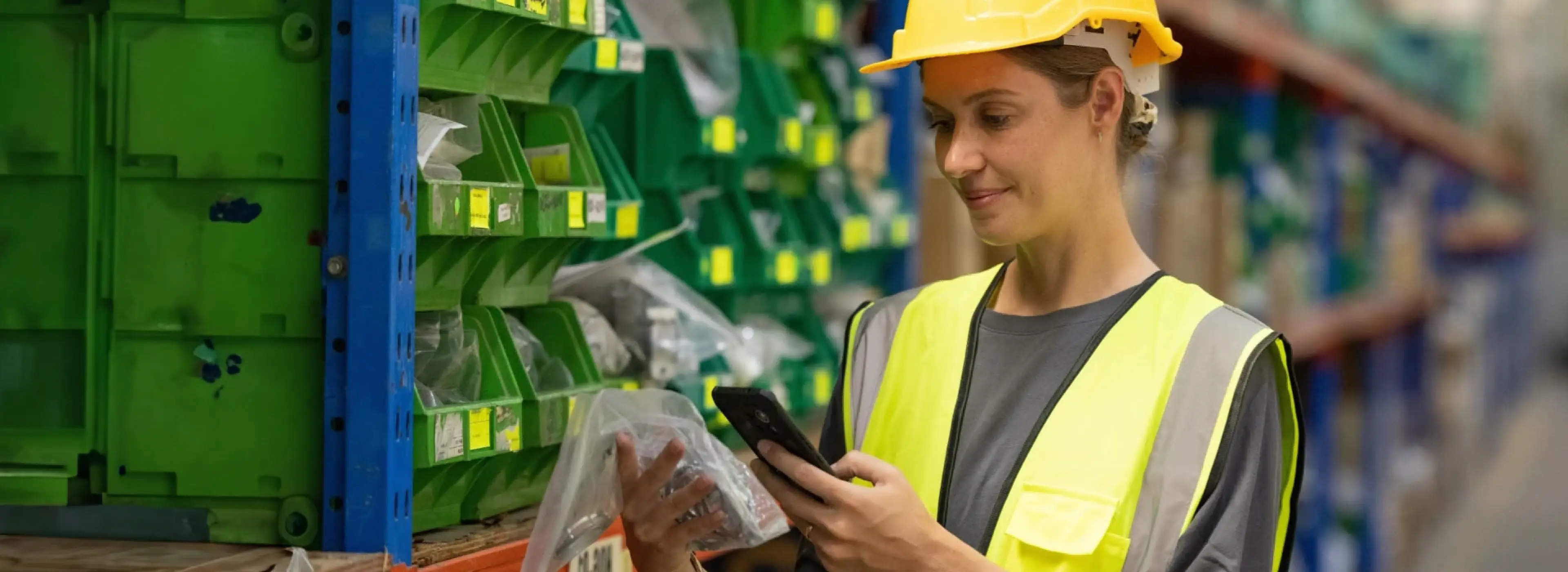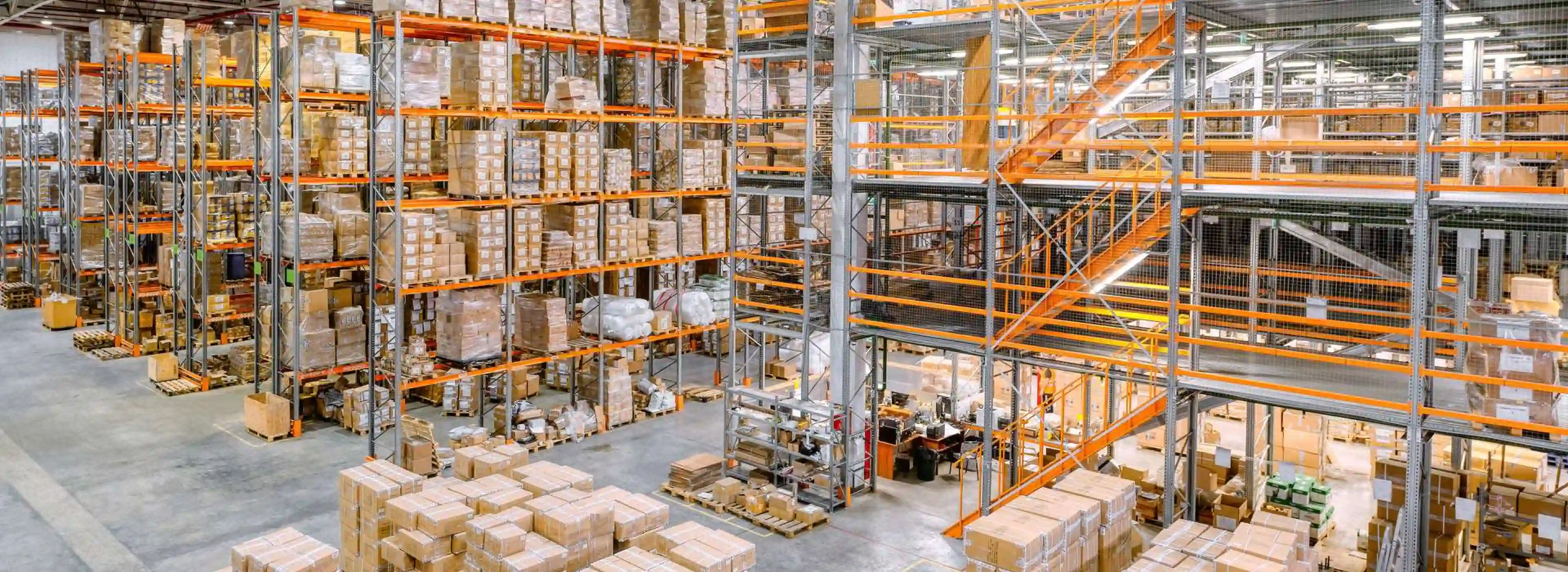There’s an interesting correlation between the architecture of your logistics company’s IT infrastructure and the complex design behind a symphony orchestra. Both have many moving parts dependent upon one another, and their ability to work together creates something very special: harmony.
Click Here: Save Money On Your Technology Operations Through These IT Solutions
When your IT works in harmony with your day-to-day logistics operations, you can provide greater overall value to your customers and supply chain partners. This is the symphony of logistics.
The Architecture of Logistical Harmony
Just like the orchestra performing a symphony, each piece of your IT infrastructure performs a specific function, so if even one component isn’t working properly (or goes down entirely)—the entire system is affected.
The advent of digital technology has revolutionized logistics—providing consumers, clients, business partners, and manufacturers unparalleled speed, efficiency, and control that was nearly impossible (on such a grand scale) in the past. However, if your day-to-day operations are negatively affected by your technology, it’s time to look into which IT component(s) may be serving as barriers to maximizing your success.
These 8 key logistics IT infrastructure components must work together to create logistical harmony…
1. Warehouse Management System & Transportation Management System (WMS/TMS)
Speed, accuracy, and communication across your logistics business are dependent upon these two important systems. To achieve peak performance, it’s crucial to analyze your day-to-day processes across your logistics operation and your system requirements before selecting the right WMS & TMS solution. While you may not find the perfect system or vendor to deliver on all the specific needs of your business, it’s important to understand where compromises must be made to ensure critical business processes aren’t overlooked. Your new WMS & TMS system must also be designed to expand and take on more volume as your business grows while reducing cost per transaction.
2. Printing
Ever experienced a label printer failing to print right at that critical time when your cargo is ready to load? Ever had your laser or OKI Data printer stop working right when you need to print an Air Waybill or Bill of Lading? If so, you’re not alone. These printing issues are very common across freight forwarders, NVOCCs, and export/import companies. With the right configuration by experienced IT professionals, printing problems can be a thing of the past.
3. Scanning
Nowadays, scanning is a crucial component in the race for efficiency in the logistics industry. Whether you’re a small or large company, selecting, integrating, and properly configuring your RF scanning solution can make all the difference between efficiency and inefficiency—from process improvement (for example, using barcode scanners to speed up receipt and release of cargo) or as part of industry regulation compliance efforts. Additionally, efficiently archiving and retrieving everything from shipping forms, packing lists, and Bills of Lading to contracts and insurance documents can also have a direct impact on your bottom line.
4. Server Infrastructure
The brains behind your logistics operation (other than yourself, of course) are your company servers. Just like any IT system, they must remain healthy, so preventative maintenance and monitoring are keys to reliable and stable servers. Often, servers are seen as black boxes: once they are configured, you can forget about them. However, in reality, the opposite is true. Servers dance to the rhythm of their hardware and software—and both components require monthly maintenance if you expect to keep business running smoothly.
5. Desktop Infrastructure
When your computers are up and running around the clock, your logistics business can more efficiently ship containers, print critical documents on demand, and send important emails to key customers on time. To prevent downtime, your company’s desktop infrastructure must be properly safeguarded against threats that degrade computer performance, including viruses, spyware, and adware. A centralized and standardized security framework also protects your computers from a commonly overlooked threat—your internal users.
6. Network & Internet Reliability
Uninterrupted internet and network service creates a productive and efficient work environment. All software, machines, status updates, order tracking, and inventory management—essentially all the components that make up the architecture of the logistics industry—depend upon a stable, reliable network that’s always connected, 24/7. Who wants to worry about AMS or SED holdups due to spotty internet service? Poor signal strength, lost or dropped connections, and wireless router problems are hassles no logistics industry professional should have to deal with. Imagine the speed and efficiency of your organization when your internet signal is ON and strong at all times. One solution? We use multi-hub routers with alternating IP addresses to ensure constant, strong, and reliable internet connections.
7. Warehouse Wireless Coverage
Perhaps one of the most important and simultaneously troublesome aspects of today’s digitized logistic operations is wireless coverage within the warehouse. Warehouses are BIG and built with tons of metal and concrete. As a result, you may experience Wi-Fi blind spots, especially over vast distances and in areas obstructed by beams and metal or in the corners of your facility. Warehouse Wi-Fi must be designed and configured for complete coverage to avoid blind spot areas and keep your facility operating at peak performance.
8. Backups and Disaster Recovery
You understand that data and information are the main forces behind your success in the logistics industry. A holistic backup and recovery strategy, accompanied by recurrent audits, is another must-have to ensure your data is effectively protected and easily retrievable in case of disaster.
Building Your Own Harmony
The key to a successful logistics operation isn’t just about having access to all these components—it’s about truly creating an integrated, holistic logistics IT infrastructure in which all these pieces work together to create your logistical symphony.
Long-term success is a result of a comprehensive, proactive approach to your company’s IT network infrastructure. A customized technology analysis could be your first step to creating an ideal environment in which all your complex systems work together in harmony.
Picture your IT infrastructure working for your logistics business, so your day-to-day operations are smooth sailing and primed for growth. Sounds great, doesn’t it?
To learn about warehouse technology trends, follow us on LinkedIn, YouTube, X, or Facebook. If you have other inquiries or suggestions, please contact us here. We’ll be happy to hear from you.












